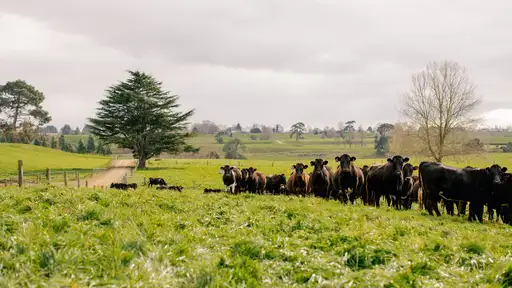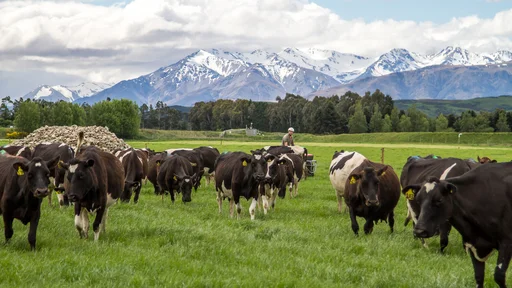LIC recently released the 2018 Reproduction Statistics, nationally most KPIs have improved. For the Waikato region, we saw the 3-week submission rate (SR) lift by 2% to 81%, 6-week in-calf rate (ICR) lift by 2% to 69%. The not-in-calf rate (NICR) also improved by 1% to 15%.
It is good that the average has kept trending in the right direction over the past three years.
The top performing quartile of farms achieved a 77% ICR, and a NICR of 12%.
So how do you compare? Have you thought about what you can do to improve on last year?
As a quick refresher, the mating targets you should be aiming for are:
- Pre-mating heats of >85%
- 3-week submission rate of 90%
- 3-week in-calf rate of >60%
- 6-week in-calf rate of 78%
- 12-week empty rate of <6%
These targets may seem high for some, but some farms are attaining these. The goal is to aim to improve and build on where you are at each year, mainly by focusing on the small details that you can control.
Plan
Have a written mating action plan of what happens on what dates. It is not surprising to find that farmers who have a detailed and dated mating plan achieve better mating performance than those who don’t.
It is vital to involve all staff in this process.
Have a look at your Fertility Focus Report in MINDA to see the main areas you need to improve on.
Have you decided on how you will deal with non-cycling cows (cows without a heat >30 days post-calving)? Use of OAD, bulls and hormone intervention are options, but do you know what works best for your farm? Have you measured and reviewed results from intervention in past years?
All AB or not?
With biosecurity being of greater importance, more farms are using all AB to keep the farm more secure. The national stats may surprise you with the same 6-week ICR of 67%. The conception rate was slightly lower with all AB herds by 2%, and the not-in-calf-rate was slightly higher by 1%.
So the performance analysed from 600 herds that did all AB (and could report with fertility focus report), shows that all AB is a definite option for those farms that it suits. You don’t have to trade off lower repro performance.
Just make sure you have the stamina and people to take on 10-12 weeks of heat detection each day.
Heat Detection
Heat detection has to be the major priority and time investment of each day at this time of year. On a $7 pay-out, each missed heat is worth $220 per cow (excluding the value of more heifer calves).
As herds continue to get larger, this means that good systems and staff training are more important.
The more time spent observing cows in the paddock, the higher your submission rate will be and the higher the chance of a better 6-week in-calf rate.
To maximise your submission rates consider the following:
- Do not just rely on reading tail paint or detection aids in the cowshed.
To identify those quiet and short heats, spend 20 minutes 2-3 times a day in the paddock. Try to observe cows as quietly and naturally as possible.
- Draft any of these suspect (satellite) cows out prior to the AB technician arriving into the cycling group, and observe behaviour of these uncertain cows. Will they stand to be ridden or not?
- Return mated cows to the herd after insemination to help identify the next day’s cycling cows. This becomes very important in the second round of AB in smaller herds.
- Minimise the number of people responsible for heat detection, as this minimises excuses and mistakes.
Staff training
If you have new staff, take them to a training day and go through the farm mating plan. Ensure everyone knows how to pick bulling cows and understands the farm’s systems for recording heats, submitting cows for AB and re-tail-painting cows. If you have experienced staff, the time taken to refresh people on what everyone needs to be doing through mating will undoubtedly pay off. Two hours invested here could pay thousands of dollars in returns.
Bull management
If you are using bulls, take extra care to ensure you source them from a farm that fits within your farm’s biosecurity criteria. All bulls should be BVD tested and vaccinated.
Yearlings are best with 1 bull per 20 yearlings. The main herd will require enough bulls to cover no more than 1.5 cows to service per day (30:1 ratio). You will also need bulls to provide rest and rotation so they don’t become tired or lame. Every farm differs in required level of cover, but two teams of bulls rotated every 24-48 hours works well.
This refresher should give you some thought starters to help you improve your repro performance this mating period. Go get ‘em!
Darren Sutton
FarmWise consultant




